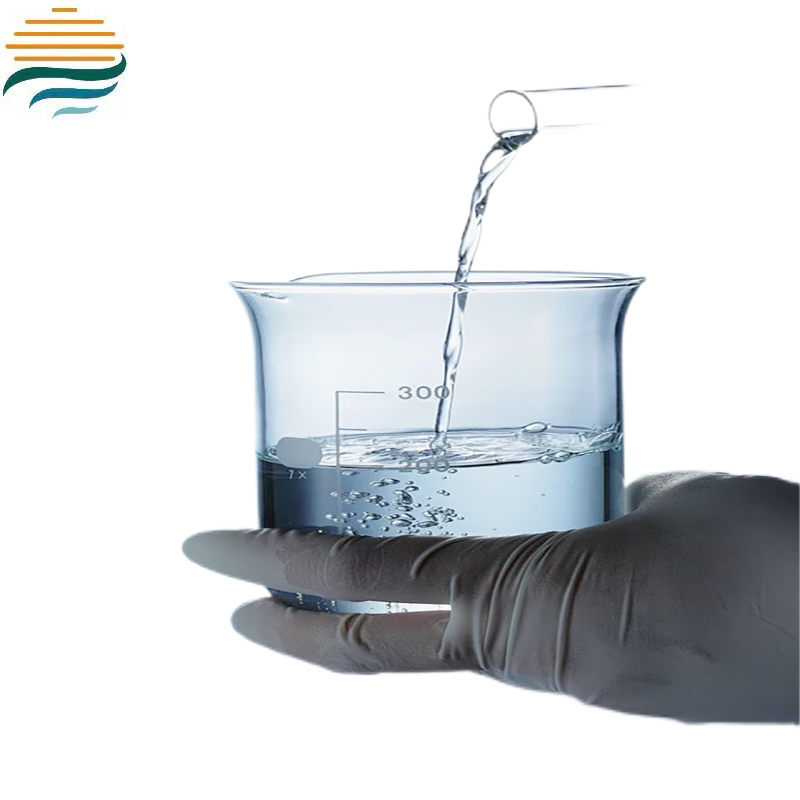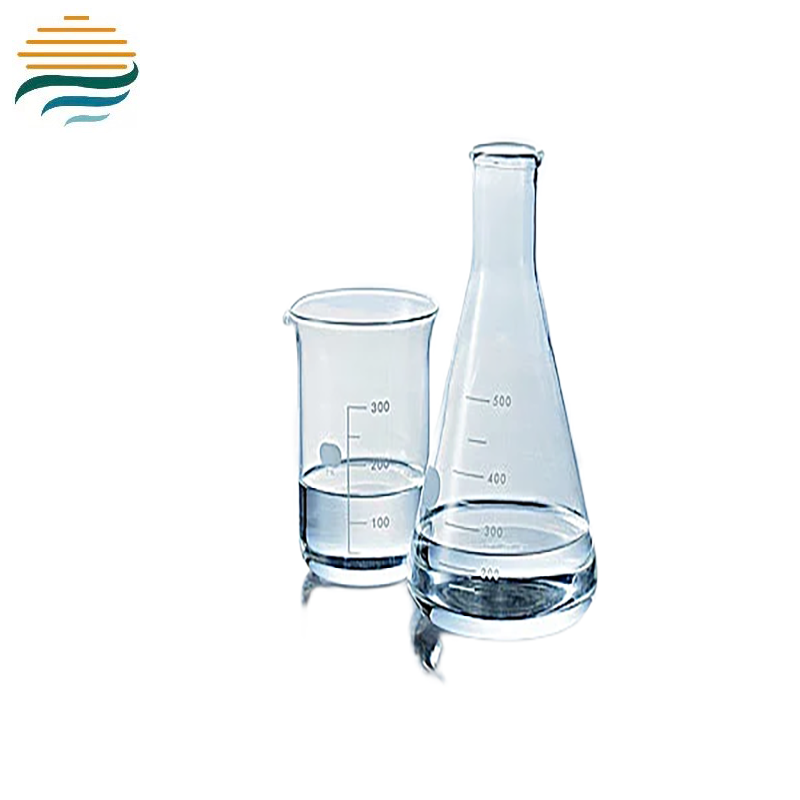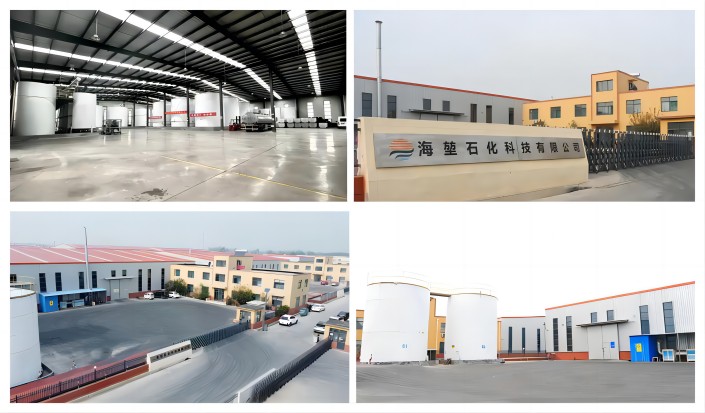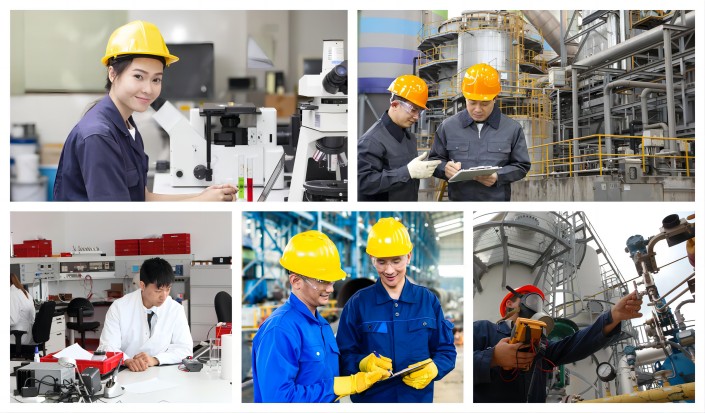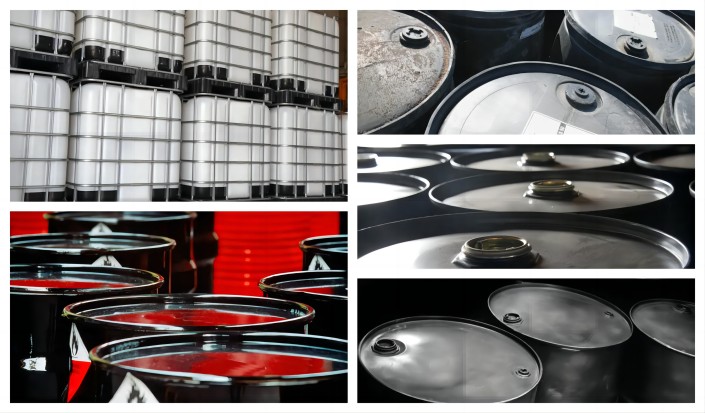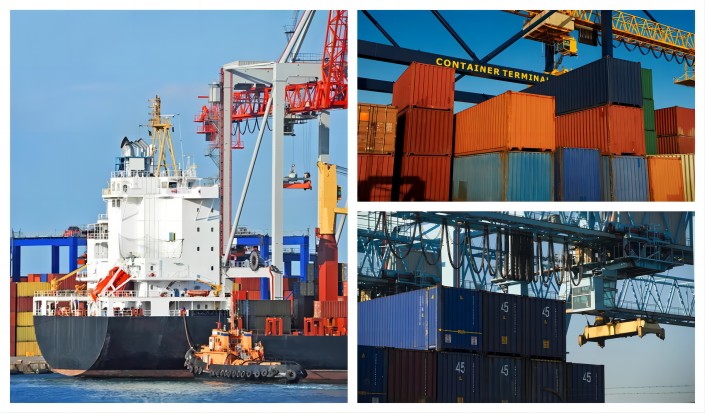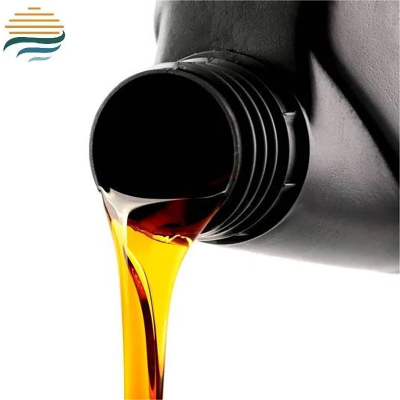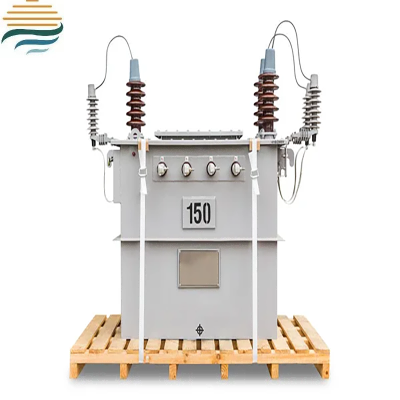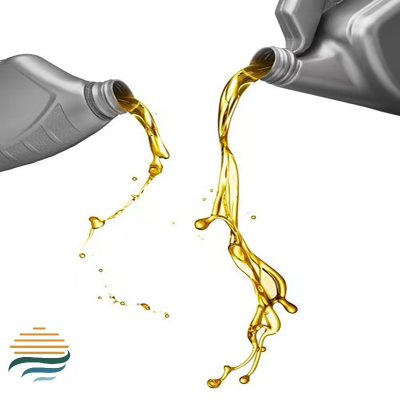Cycloalkane Based Transformer Oil U-40
Transformer oil is usually colorless, low-density lipoprotein, low-viscosity pure hydrocarbon mineral oil. Its low viscosity facilitates heat dissipation. At the same time, transformer oil has a high flash point (e.g. 145°C), which reduces the risk of fire. Transformer oil has high electric breakdown voltage strength, insulation resistance and low dielectric loss factor, these electrical properties ensure the insulation quality of transformer oil.
Product Details:Cycloalkane Based Transformer Oil U-40
Transformer oil boasts excellent thermal stability, which significantly decreases the internal temperature of equipment during extended use, thus maintaining its optimal performance. Electrical equipment, during prolonged operation, generates a considerable amount of internal heat. Transformer oil, acting as a coolant, circulates to dissipate this heat via the radiator, ensuring the equipment's continued smooth functioning.
PARAMETER:
Sports Event | IEC60296:2020 TVAI (LCSET-40℃) Quality indicators | Typical properties | Test Methods |
Functional characteristics | |||
Pour Point/°C | ≯-50 | -63 | ISO 3016 |
Kinematic viscosity (40°C)/(mm²/s) | ≯12 | 7.0 | ISO 3104 |
Kinematic viscosity (-40°C)/(mm²/s) | ≯2500 | 1736 | IEC 61868 |
Water content/(mg/kg) | ≮30 | 68 | IEC 60814 |
Breakdown voltage/kV | - | IEC 60156 | |
--Untreated oil | ≮30 | 40-70 | |
--Treated oil | ≮70 | >70 | |
Density (20°C)/(kg/m³) | ≯895 | 865 | ISO 12185 |
Dielectric loss factor (90°C) | ≯0.005 | 0.0005 | IEC 60247 |
Refining/stabilizing properties | |||
saturation (color theory) | <0.5 | <0.5 | ISO 2049 |
exterior condition | clear and transparent | Clear and transparent, no precipitation | visual assessment |
Acid value/(mgKOH/g) | ≯0.01 | <0.01 | IEC 62021 |
Interfacial tension/(mN/m) | ≮43 | 47 | IEC 62961 |
Total sulfur content/% | ≯0.05 | 0.003 | ISO 14596 |
corrosive sulfur | non-corrosive | non-corrosive | DIN 51353 |
Potentially corrosive sulfur | non-corrosive | non-corrosive | IEC62535 |
DBDS/(mg/kg) | Not detectable (<5) | undetectable | IEC 62697-1 |
Antioxidant content/% | 0.08~0.4 | 0.37 | IEC 60666 |
Metal passivator/(mg/kg) | Not detectable (<5) | undetectable | IEC 60666 |
2-Furfural content and related substances (single component) (mg/kg) | Not detectable (<0.05) | undetectable | IEC 61198 |
Gas production characteristics (under thermal oxidation)/uI/L) | Hydrogen ≯ 50 | 9 | Appendix A4 Methodology (air-saturated, containing copper) |
Methane ≯ 50 | 1 | ||
Ethane ≯ 50 | 0.2 | ||
Operational characteristics | |||
Chlorine stability (500h) | - | - | IEC 61125 |
--Total acid value (mg (KOH)/g) | ≯0.3 | 0.02 | |
-- Oil sludge/% | ≯0.05 | <0.01 | |
--Dielectric loss factor (90°C) | ≯0.050 | 0.025 | IEC 60247 |
HSE Characteristics | |||
Flash point (closed)/°C | ≮135 | 145 | ISO 2719 |
PCA content/% | <3 | 1.2 | IP 346 |
Polyoxybiphenyl (PCB) content/(mg/kg) | Not detectable (<2) | undetectable | IEC 61619 |
1. Standard Specification for Transformer Oil
The essence of transformer oil quality hinges upon the intricacies of its molecular makeup and the rigor of its refining process. Throughout its operational lifespan, the fundamental attributes of transformer oil must encompass oxidation resistance and fluidity.
Historically in China, oil employed in 500 kV ultra-high voltage transformers was designated as "ultra-high voltage transformer oil," which later evolved into a system of categorizing oil grades based on voltage thresholds. Globally, the contemporary standards for transformer oil are delineated by metrics such as the oil's base structure components and its oxidative stability.
Following the enactment of the new national standard GB2536-2011, domestic transformer oil classifications and grades have been harmonized with international benchmarks. The subsequent table outlines the correlation between the grading systems of the outdated GB 2536-1990 and the current GB 2536-2011 standards
2. Overcoming Hurdles
The global energy sector is transitioning towards sustainable energy solutions, spurred by concerns over limited resources and energy security. Transformer management holds the key to this transition, with eco-friendly options and smart grid technologies taking center stage.
Nevertheless, the power sector confronts challenges posed by aging infrastructure and operational pressures. Transformers, including pad-mounted and three-phase types, are fundamental to power distribution, transmission, and generation. Investments in industrial power infrastructure are crucial for meeting the demands of energy-intensive operations.
The sector grapples with issues of power efficiency, reliability, and supply, necessitating solutions, portfolios, and initiatives tailored to address these challenges, with a focus on enhancing power capabilities and achieving economic efficiency. Electrical energy is delivered to end-users through reliable power networks and supply systems, ensuring optimal power status and efficiency.
Own Factory
Employees at Working
Canned Oil Products
Transportation
SERVICE
Problem Analysis and Improvement
Conduct in-depth analysis and formulate improvement measures for the problems and deficiencies in customer feedback to continuously improve the quality of products and services.
Market Orientation
Market orientation is an important strategy for chemical companies to adapt to market changes. We pay close attention to market dynamics, analyze market trends, and flexibly adjust business strategies based on market demand. By precisely positioning the market and formulating product and service strategies in line with market demand, we have successfully grasped market opportunities and realized the steady development of the enterprise.
FAQ:
Q: Can you provide MSDS (Material Safety Data Sheet)?
A: Yes, of course. We prepare a detailed MSDS for each product. The document describes in detail the physical and chemical properties of the product, health hazards, first aid measures, fire fighting measures, leakage handling and storage requirements, and other key information to ensure the safety of the product during use.
Q: How do you ensure the safety of chemicals during transportation?
A: We cooperate with a number of experienced international logistics companies, use professional packaging for chemical transportation, and operate in strict compliance with international hazardous regulations (IMDG Code, ADR, etc.). Meanwhile, we will provide detailed transportation guidance and emergency response plan to ensure the goods arrive at the destination safely.
Q: What kind of support can you provide if I encounter problems during use?
A: We provide a full range of technical support services, including product consultation, usage guidance, problem diagnosis and solutions. Customers can contact our technical support team by email or online chat, etc. We will respond and solve the problem in time.



